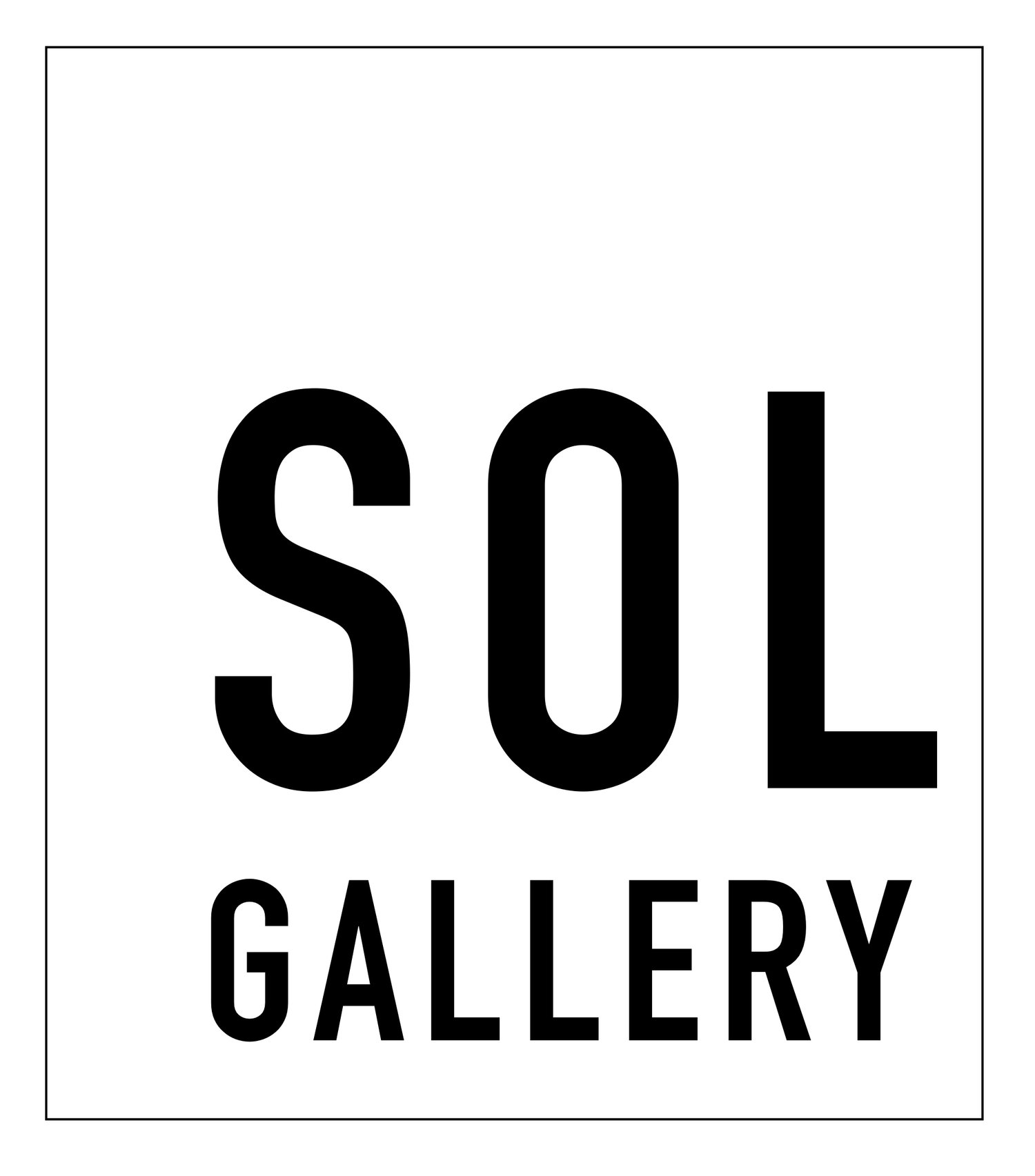Exhibition dates: Wed 8 Jan - Sun 19 Jan, 2020
Space 1
The Noon Hour and Other Cities
Giordano Biondi
Giordano’s most recent work are imaginary cities that set themselves in an eternal midday hour. Noon is the time when the sun flattens the world through the absence of shadows cast by objects, and the demon of the midday hour sows restlessness among things that have briefly lost their weight and consistency.
The viewer then looks at these cities from above, the gaze equivalent to the direction of a sun that shrinks away the shadow of buildings and renders them utopian and ideal, abstract entities without memory. The plazas, streets and courtyards collect the wandering eye and project it along these urban atlases, restless in the midday these cities have appeared in.Giordano’s drawings seek to depict an ideal cityscape as a narrative that invites the gaze to linger in every one of its components. The eye finds itself ringed by the buildings of an open square. It flies and travels through the straight lines of the boulevards, exiting away from the art or entering into it. And each house and palace is the locus of an encounter or an idea, expressed through the peculiarity of its architecture.
The whole picture is then an alphabet or an archive into which the gaze consults, travels, or finds refuge and solace. this fictional city is intended as a sort of dream catcher for the eye, a portal (or perhaps end point) of an invisible land.
Space 2
Impacts and Impressions
Aneta Bozic
No action or presence stands alone, in isolation. We all connect to others in some way. The balance in this interaction and connection with nature seems to be skewed too often at the expense of nature. A growing awareness of the long term impact we are having on the natural environment is increasing attempts to minimise the negative effects, and focus on the positive connections with nature.
This body of work explores these impacts in both concept and process. It uses locally sourced and handmade organic materials and tools, limiting use of pre-made, processed and conventional materials. It experiments with the handmade, the foraged, the imperfect and the organic. It uses processes of steaming, grinding, ripping, detailed and abstract mark making, paper making and eco-printing to express both the constructive
and destructive impressions of our relationship to nature.
Some of the materials used include, but are not limited to: jacaranda flowers, eucalyptus leaves, flowering maple, jasmine vine, green walnuts, roses, mulberry, smoke bush, thistle, red cabbage, onions, herbs, various berries, and all sorts of weeds; bamboo, twigs, feathers and hair; crushed earth, charcoal, twine, vines and wine, and recycled frames. These materials were used to create inks and pigments, in paper making and
eco printing and mark making tools.
** DONATE of sales to Animal Rescue Collective.
Space 3
Where's the Petrol Dingo
Paul Pirie
A soupy hodge - lodge of snarling Australian and curvaceous women, stranding time and place in an imagined universe of sand and storms. An exploration into that sinking feeling, a real hard try to paint fear. The petrol dingo is the man under the exhaust pipe.
** DONATE any of sales to @wireswildliferescure.





























